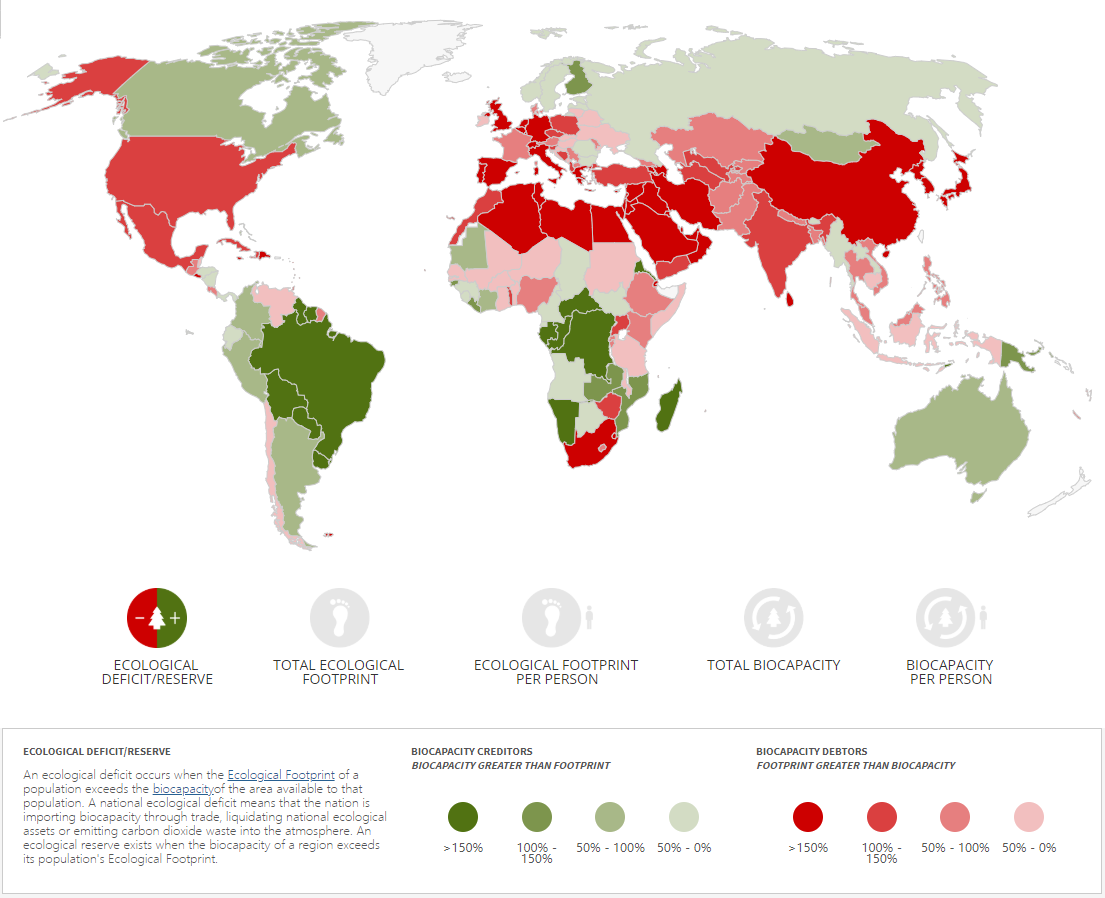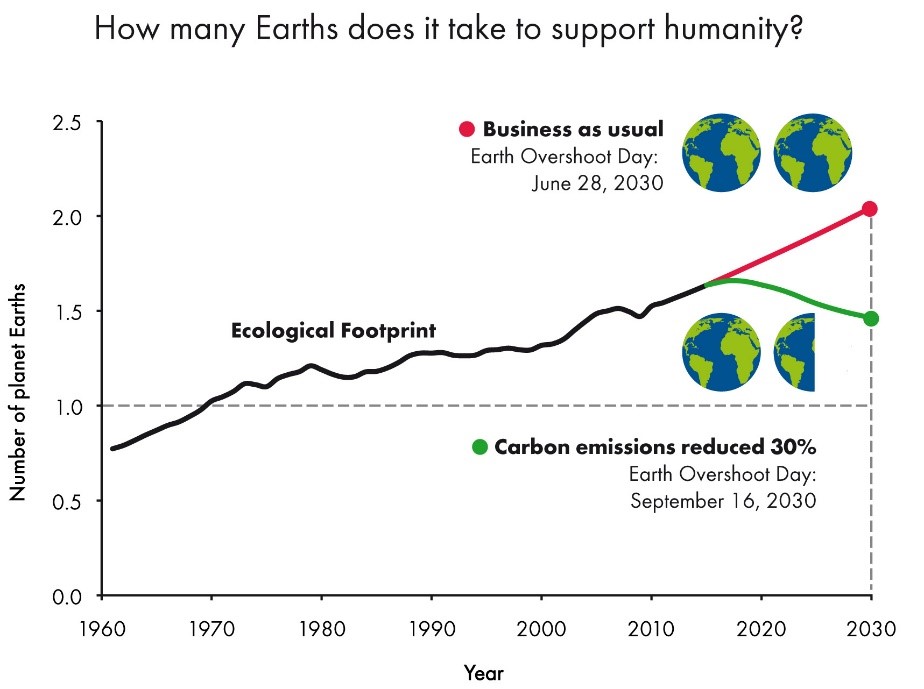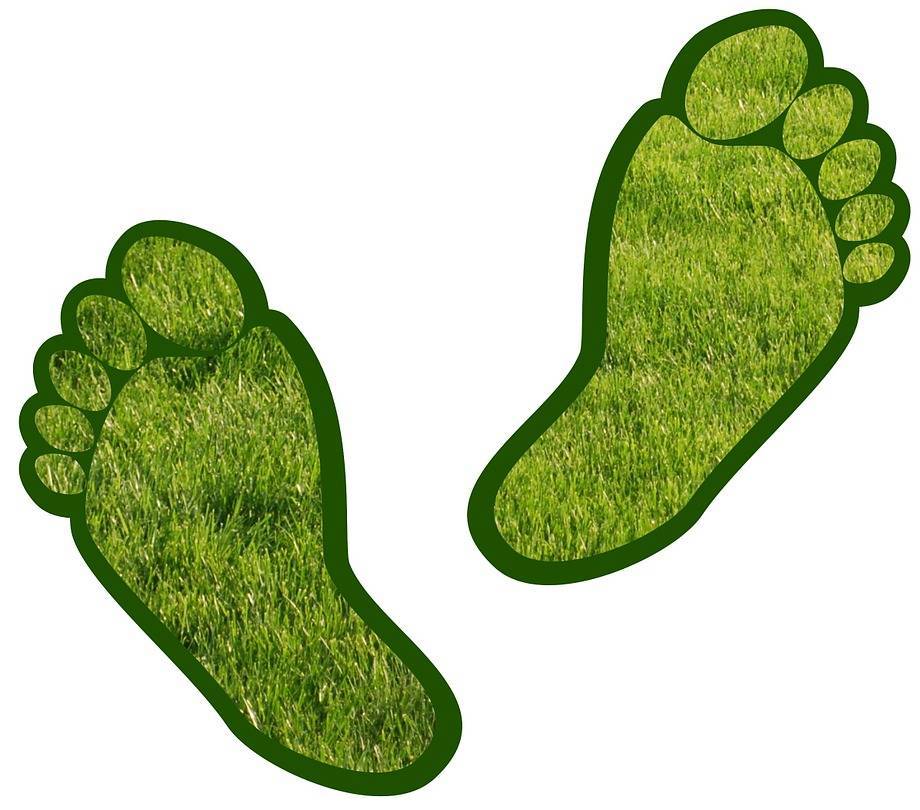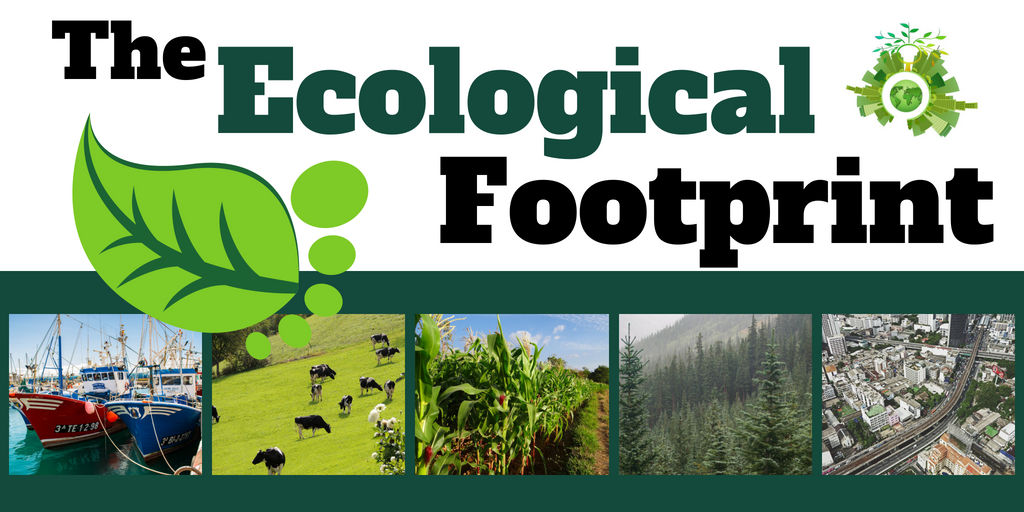Download PDF: ISPL Insight – The Ecological Footprint
The Ecological Footprint also referred to as the Human Footprint, is a globally implemented metric for measuring the Earth’s natural resources and the extent to which we use them. First introduced by Mathis Wackernagel and William Rees at the University of Columbia in 1990, defining the Ecological Footprint (referred to simple as our Footprint) has launched a movement that now encompasses such measure as the Carbon Footprint, both of which are used globally by scientists, governments, businesses and individuals to monitor the use of the Earth’s natural resources. This form of measurement provides countries, local leaders and individuals with the knowledge to improve sustainable development, optimise public project investments and understand the impact we as humans have on the planet.
How the Footprint is Calculated
The Ecological Footprint can be simply explained through an economic and accounting description of the demand and supply for earth’s natural resources. The Ecological Footprint can be thought of as the demand side, which measures a population’s requirements for ecological assets to produce its consumption of natural resources. This consumption includes plant-based foods, seafood and livestock products, forest products (wood), and land for urban development. It also incorporates the requirements of ecological assets for the absorption of waste, particularly greenhouse gas emissions.

Source: Global Footprint Network
The Footprint integrates data from six classes of land use; fishing grounds, grazing land, cropland, forested areas, urban development and the carbon demand on the land. The productivity of the ecological assets that contribute to these six classes is represented by a city, state or nation’s biocapacity or the supply side of natural resource allocation. Biocapacity refers to the estimated supply of renewable resources of a biologically productive area, and its capacity to absorb and filter waste materials such as carbon emissions.
Expressed in global hectares, the Ecological Footprint and biocapacity measures are standardised and comparable worldwide. When comparing the two measures, a population will run at an ecological deficit if the Ecological Footprint exceeds its biocapacity; the demand for goods and services provided by the land exceeds what resources can be renewed and supplied. Alternatively, where a region’s Ecological Footprint is exceeded by its biocapacity, it has an ecological reserve.
Calculating Your Footprint
Today, over 80 percent of the global population resides in countries that continue to run an ecological deficit. Our combined nations have a global ecological deficit (ecological overshoot) that equates to an annual demand that exceeds Earth’s capabilities to renew its supply of natural resources. The global population currently demands what would take 1.7 Earth’s to provide for our use of resources and absorb our waste. This means that it takes a cycle of roughly one year and six months to renew the resources we consume in one year.

Source: Global Footprint Network
Each year the Global Footprint Network promotes awareness of the global ecological overshoot on Earth Overshoot Day. This year Earth Overshoot Day is marked to be held on the 1st August, which represents this year’s calendar date that humanity has used the amount of resources that is calculated for the Earth to have regenerated over a whole year. This is a significant move forward from when Earth Overshoot Day was marked in late September of 2000.
On an individual scale, the average human’s Ecological Footprint is 2.2 global hectares. This is in contrast with 1.8 hectares of biologically productive land that is actually available per person of the global population. The choices we make in our daily life contribute significantly to our Ecological Footprint, and demand on natural resources. While the simple choices we make each day seem negligible, they have far-reaching effects.

Source: Global Footprint Network
Simple household changes, such as washing clothes in cold water, turning off unused appliances and installing water efficient showerheads, can not only save you an average of $570 each year on power and water bills, but it goes towards significantly reducing your Footprint.
 To see what you can do to reduce the negative impact we all have on our planet, take the first step today by following the link to Calculate your Footprint. https://www.footprintcalculator.org/
To see what you can do to reduce the negative impact we all have on our planet, take the first step today by following the link to Calculate your Footprint. https://www.footprintcalculator.org/
If you would like assistance to estimate the Ecological Footprint of your business give Integrate Sustainability a call on (08) 9468 0338 or email enquiries@integratesustainability.com.au.
References
Global Footprint Network 2018. ‘Ecological Footprint’, accessed 4 July 2018, https://www.footprintnetwork.org/our-work/ecological-footprint/.
Mitchell S 2004. ‘My ecological footprint’, accessed 5 July 2018, https://www.theage.com.au/articles/2004/07/13/1089694361601.html.
National Geographic Society 2018. ‘Human Footprint Education’, accessed 4 July 2018, https://www.nationalgeographic.org/education/human-footprint-education/.
World Wildlife Fund 2018. ‘The Human Footprint’, accessed 4 July 2018, https://www.worldwildlife.org/threats/the-human-footprint.

